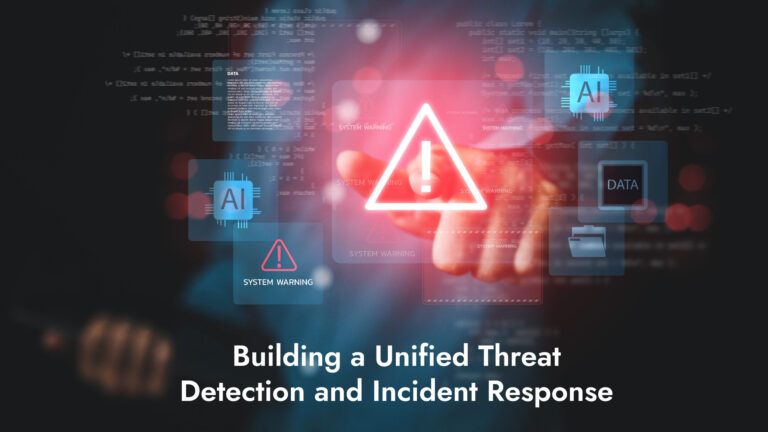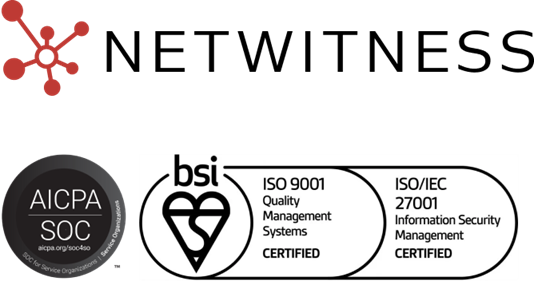What is Threat Hunting Framework?
A threat hunting framework is a structured set of repeatable processes and methodologies that guide security teams in proactively searching for, identifying, and neutralizing advanced threats that evade automated security controls. These frameworks combine cyber threat hunting techniques including hypothesis-driven analysis, baseline behavior assessment, and adversary modeling to systematically detect malicious activities within organizational environments.
Implementing comprehensive threat hunting solutions through structured frameworks and dedicated threat hunting tools enables organizations to reduce attacker dwell time, discover hidden threats, and strengthen overall security posture through continuous proactive investigation.
Synonyms
- Structured Hunting
- Hypothesis-driven Hunting
- Investigation-driven Hunting
- Proactive Threat Hunting
- Adversary Hunting
- Security Hunting
Why Threat Hunting Framework Matters
Failing to implement structured threat hunting can result in prolonged adversary presence, undetected advanced persistent threats, and significant security incidents that automated tools miss. Key reasons threat hunting services are essential include:
- Advanced Threat Detection: Identifying sophisticated attacks that bypass traditional security controls through proactive investigation rather than reactive alert response.
- Reduced Dwell Time: Minimizing the period adversaries remain undetected within networks, which can average 280 days without proactive threat hunting.
- Security Gap Identification: Discovering vulnerabilities and blind spots in existing security infrastructure through systematic investigation and analysis.
- Continuous Improvement: Learning from each hunt to refine detection capabilities and strengthen defenses against evolving threat actor tactics.
Effectively implementing a threat hunting framework ensures organizations can systematically find threats that automated systems overlook while continuously improving defensive capabilities.
How Threat Hunting Framework Works
Cyber threat hunting frameworks typically follow structured methodologies:
- Hypothesis Development: Threat hunter teams create testable theories about potential adversary presence based on threat intelligence, risk assessments, and known attack patterns.
- Data Collection: Gathering relevant information from multiple sources including network logs, endpoint data, threat intelligence feeds, and security tool outputs.
- Investigation Execution: Using threat hunting tools and techniques to analyze collected data, correlate events, and search for indicators of attack and suspicious patterns.
- Threat Validation: Confirming genuine malicious activity through forensic analysis and determining the scope, impact, and techniques used by adversaries.
- Response and Remediation: Initiating containment procedures and implementing measures to eliminate threats and prevent similar attacks.
- Documentation and Learning: Recording findings, tactics discovered, and lessons learned to improve future proactive threat hunting efforts.
Types of Threat Hunting Approaches
- Hypothesis-Driven Hunting: Formulating specific theories about potential threats and using data analysis to prove or disprove these hypotheses through investigation.
- Baseline Behavior Analysis: Establishing normal network and user behavior patterns to identify anomalies that may indicate malicious activity.
- Model-Assisted Hunting: Combining machine learning algorithms with human expertise to process large datasets and identify unusual patterns.
- Intelligence-Driven Hunting: Using external threat intelligence and MITRE ATT&CK framework to guide investigations toward known adversary tactics and techniques.
Best Practices for Threat Hunting Framework
- Establish Clear Structure: Define roles, responsibilities, standard operating procedures, and workflows to ensure consistent and efficient threat hunting operations.
- Leverage Multiple Data Sources: Integrate network threat analysis data, endpoint telemetry, cloud logs, and threat intelligence for comprehensive visibility.
- Use Advanced Tools: Deploy cyber threat hunting tools including EDR solutions, SIEM systems, and specialized hunting platforms for efficient data analysis.
- Apply MITRE ATT&CK: Structure hunting activities around adversary tactics, techniques, and procedures documented in the MITRE ATT&CK framework.
- Automate Routine Tasks: Use automation to handle low-level data processing, allowing threat hunter experts to focus on complex investigations and analysis.
Related Terms & Synonyms
- Structured Hunting: Methodical approach using predefined frameworks and processes to systematically search for threats within environments.
- Hypothesis-Driven Hunting: Investigative method based on forming and testing specific theories about potential adversary presence and activities.
- Investigation-Driven Hunting: Approach where detailed forensic investigations guide the search for threats based on discovered indicators.
- Proactive Threat Hunting: Forward-looking security practice of actively searching for threats rather than waiting for alerts or incidents.
- Adversary Hunting: Focus on tracking and identifying specific threat actors and their tactics within organizational networks.
- Security Hunting: Broader term encompassing all proactive activities designed to find hidden threats and security issues.
People Also Ask
1. What is threat hunting in cyber security?
Threat hunting in cyber security is the proactive practice of systematically searching through networks, endpoints, and data to identify malicious activities and advanced threats that have evaded automated security controls, using hypothesis-driven investigation and analysis techniques.
2. How to threat hunt?
Threat hunt by developing hypotheses about potential threats based on intelligence, collecting relevant data from multiple sources, using specialized threat hunting tools to analyze patterns and anomalies, validating findings through investigation, and documenting lessons learned for continuous improvement.
3. How to become a threat hunter?
Become a threat hunter by developing strong foundational knowledge in networking, operating systems, and security concepts, gaining hands-on experience with security tools and log analysis, learning adversary tactics through frameworks like MITRE ATT&CK, and continuously practicing investigation skills.




